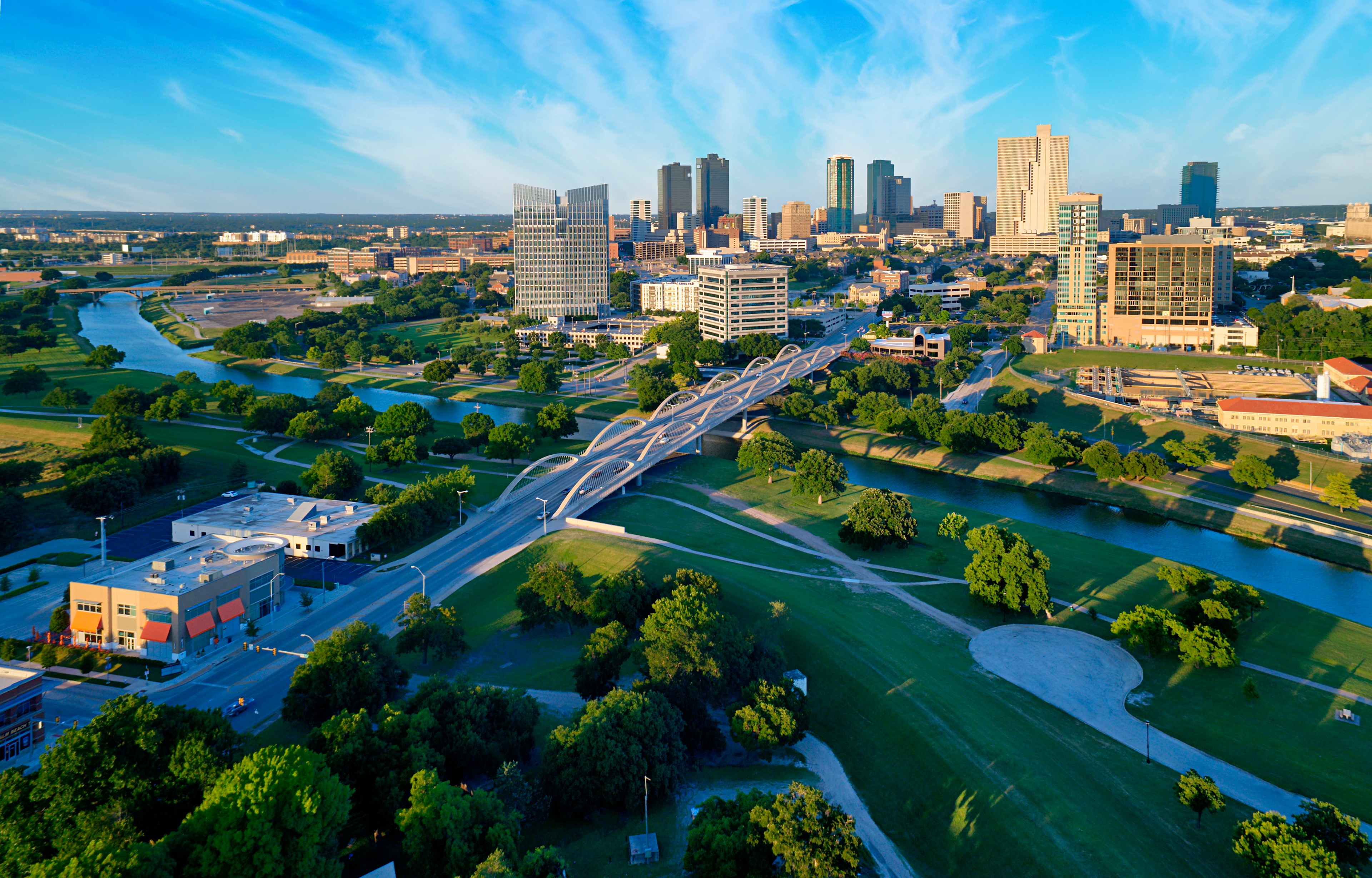Benefits of Natural Areas in Fort Worth

Fort Worth is known as Where the West Begins. Ecologically, Fort Worth sits at the crossroads of east and west and is one of the most biologically diverse regions in the nation. Texas is in the Central Flyway for migrating birds. Using visual cues such as rivers and vegetation, birds select the best location for food and shelter. Plants and insects are extremely diverse here also because of the local ecosystems: Blackland Prairie, Eastern Cross Timbers, Fort Worth Prairie, and Western Cross Timbers.
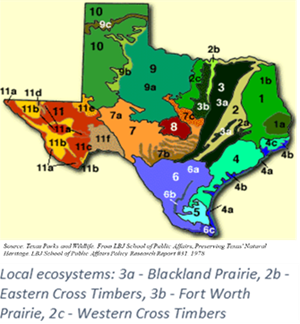
Within these ecosystems, lies even more diversity in habitats: riparian corridors, rivers, streams, wetlands, seeps, and the urban environment. Within the human-built environment, we rely on natural areas for benefits that are hard to place a monetary value upon.
Natural areas are specific areas designated in our parks and Open Spaces where the City manages with a lighter touch. Natural areas are found:
- Along streams
- Wetlands
- Prairies
- Woodlands
- Partially along lake and pond shores
- Native habitat restoration sites
- Passive recreation areas, such as along linear trail systems
In these areas, we manage the habitat with a variety of tools including prescribed fire, mulching, selective thinning, mowing, invasive species removal, seeding, etc.
Water Quality
Natural areas:
- Slow and filter storm water runoff, thereby reducing erosion
- Help to absorb pollutants and fertilizers before they enter waterways
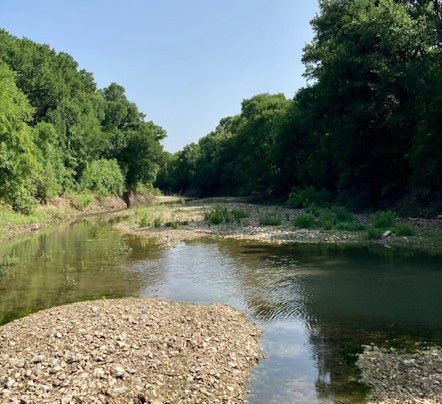
Soil
Natural areas:
- (Note the erosion along the stream bank in the photo below. This erosion was accelerated by mowing all vegetation to the stream bank.)
- Enhance and maintain soil stability, reducing soil erosion and silt build-up in waterways
- Help clean soil and water through phytoremediation to reduce contaminants
- Reduce rainfall impact on soil by breaking up water droplets; reducing erosion
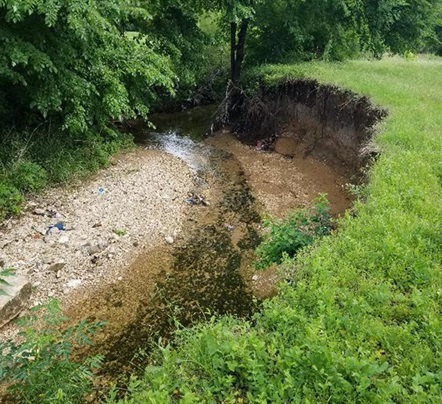
Recreation
Natural areas:
- Opportunities to experience nature up close
- Increase trail activities (bicycling, walking, etc.) and enjoyment because more nature is accessible along the trail
- Enhance wildlife viewing opportunities and connects us with nature
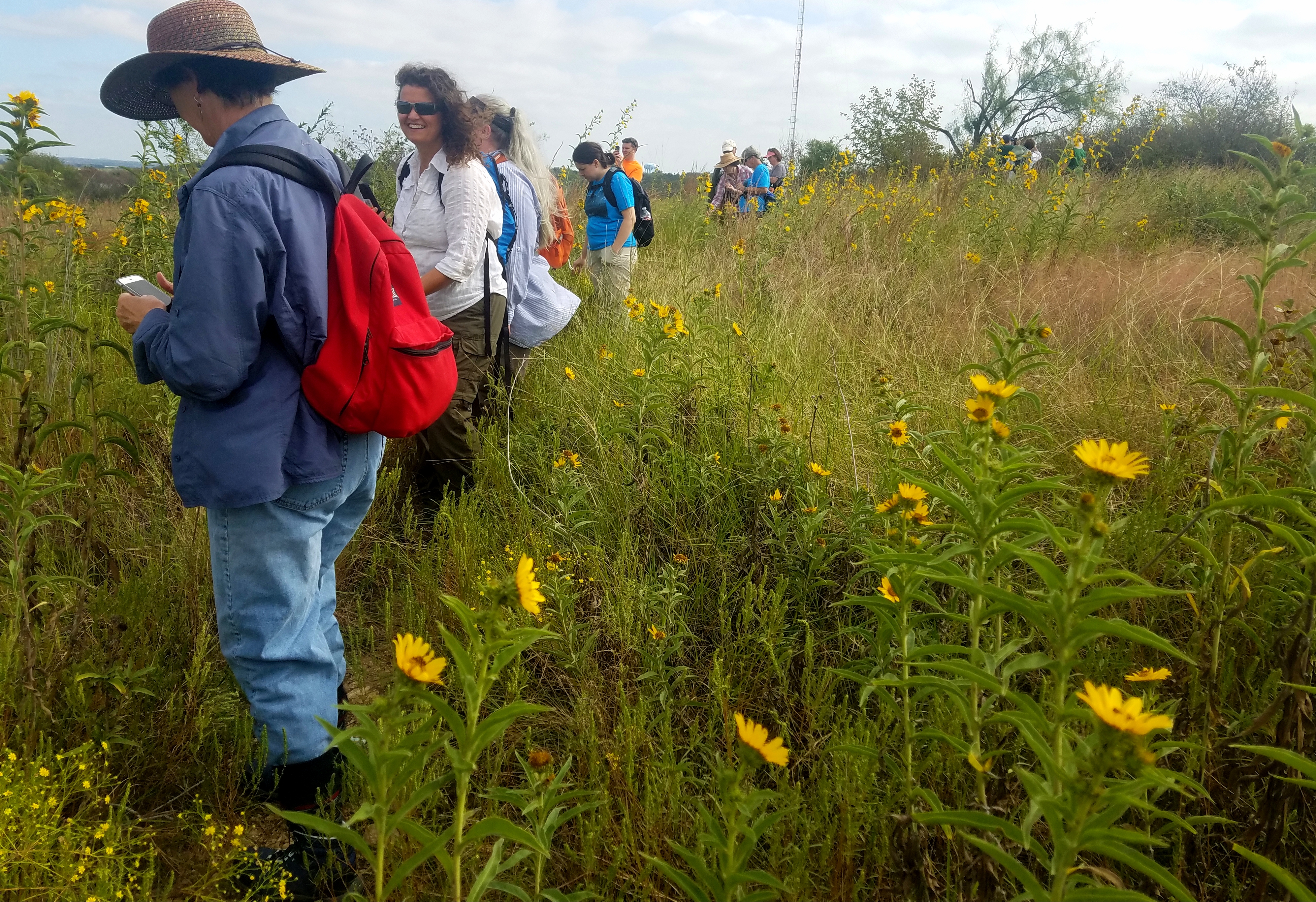
Wildlife
Natural areas:
- Provide shade that reduces stream water temperature. High water temperatures can result in reduced oxygen and negatively impact aquatic organisms and lead to fish kills. Trees shade waterways and create a livable aquatic habitat.
- Provide diverse habitat (or diverse habitat), travel corridors, food, and shelter for wildlife, including birds and pollinators such as butterflies
- Improve shoreline and aquatic habitat; increasing fish and other species diversity; improves recreational fishing prospects.
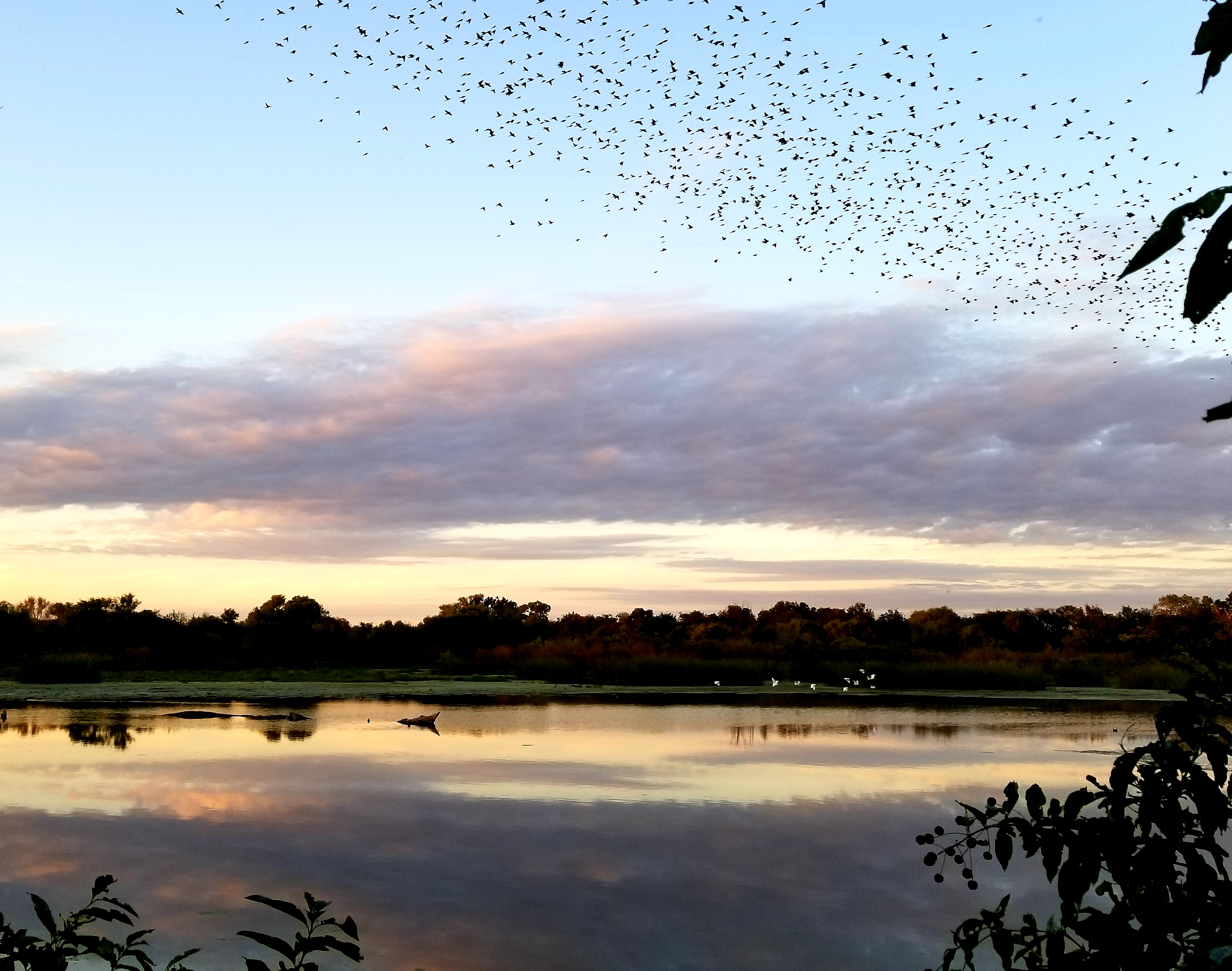
Community & EnvironMental Health
Natural areas:
- Improve physical health by helping to cool hot urban areas
- Filter and improve air quality
- Improve mental health by decreasing levels of stress, anxiety and depression
- Promote community health through access to natural and restorative experiences
- Improve nearby property values and help with flood mitigation, thereby potentially reducing costly erosion repairs
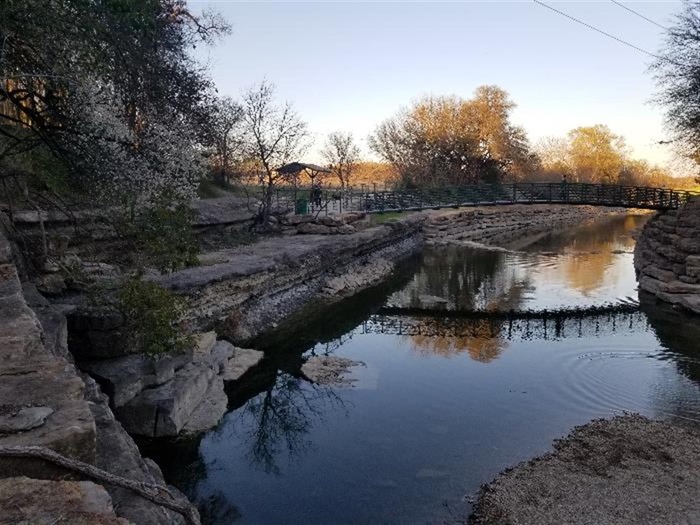
Economic Stimulus
Natural areas:
- Improve nearby property values and attract residents and businesses to the area
- Help mitigate flooding, thereby potentially reducing costly erosion repairs
